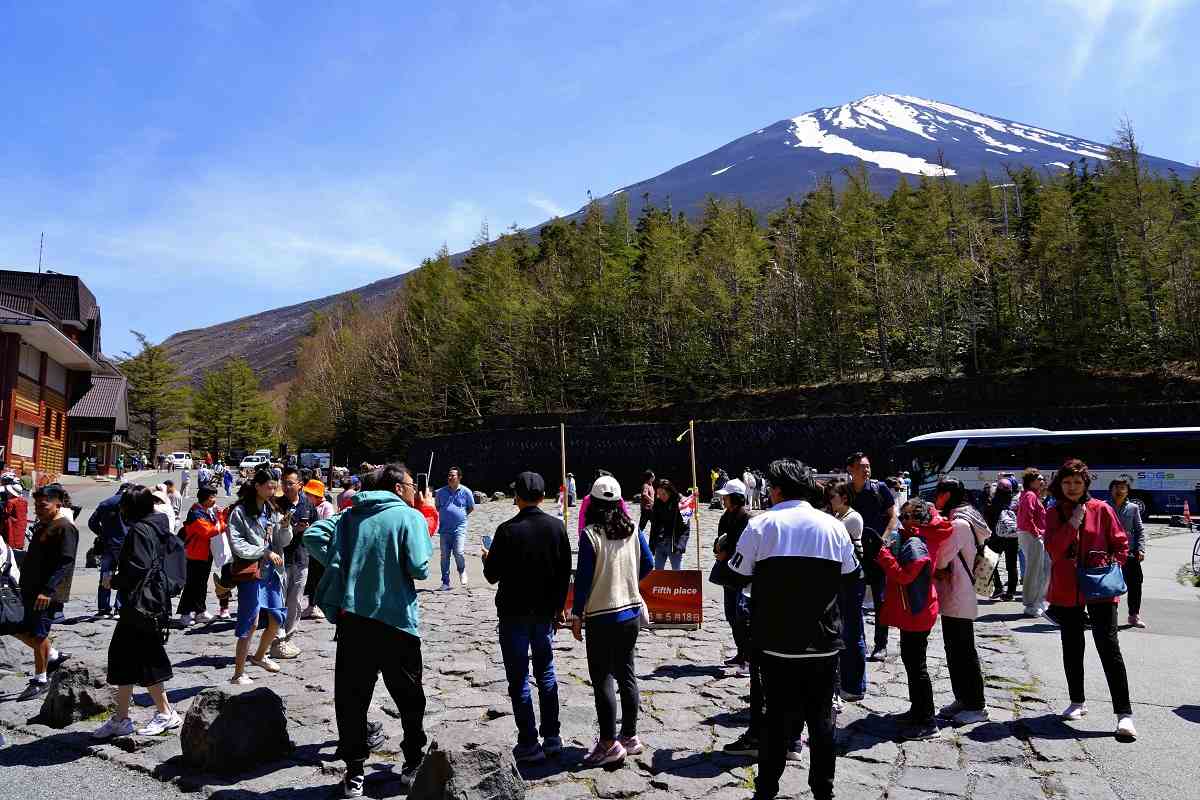By Makoto Kimura, Daiki Misawa and Masatomo Sekiguchi / Yomiuri Shimbun Staff Writers 17:52 JST, May 20, 2024 KOFU / SHIZUOKA ― Overtourism has become a serious issue on Mt. Fuji, but the two prefectures that are home to Japan’s highest peak are handling the situation in different ways. Mt.
Fuji is a World Heritage site visited by more than 200,000 people every summer. Recently, however, problems such as dangerous overnight climbing, crowds and litter have become conspicuous. To combat congestion, Yamanashi Prefecture is scheduled to begin charging a toll this summer to use its Yoshida Trail to the summit.

However, Shizuoka Prefecture is not imposing any restrictions on its three trails. Observers are watching to see whether Yamanashi’s measure will be accepted by climbers and ultimately prove effective. “It’s like we’re in some downtown area.
I heard a crowd of tourists yelling, and raincoats, food and drinks were dumped here and there,” said the manager of the Kamaiwakan mountain lodge on the Yoshida Trail, recalling the situation last summer. At predawn, climbers trying to catch the first rays of the sun on the summit were backed up from around the mountain’s eighth station. Such crowded conditions heighten the risk of falling rocks and people slipping and falling.
Many climbers were napping on the side of the trail, as they had gone to the summit overnight without staying at a lodge. Those who do are at high risk of altitude sickness and hypothermia, as th.
















